Today, we live in the 21st century, the time when the tech world has grown so vastly and will only continue endlessly into the future. The tech world is developing day-by-day and among the latest to be developed is virtual reality (VR) technology.
VR is a technology that offers advantages in many sectors. I used to think that VR was just for video games. Lately, I learned that virtual reality technology is not just limited to gaming, but also in other sectors, including product design, real estate, military, and in education as well.
The medical sector is one of many sectors that can really take advantage of the advancements in virtual reality. In today’s article, I’ll be discussing some of these miraculous advantages in the medical field.
- About Virtual Reality Technology
- Pain Management – The Distraction Therapy
- Medical Training
- PTSD Treatment – Exposure Therapy System
- Shortening Recovery Time
- An Anxiety Buster for Healthcare Workers
- Virtual Reality as an Addiction Treatment Tool
- A Boon to Surgical Operations
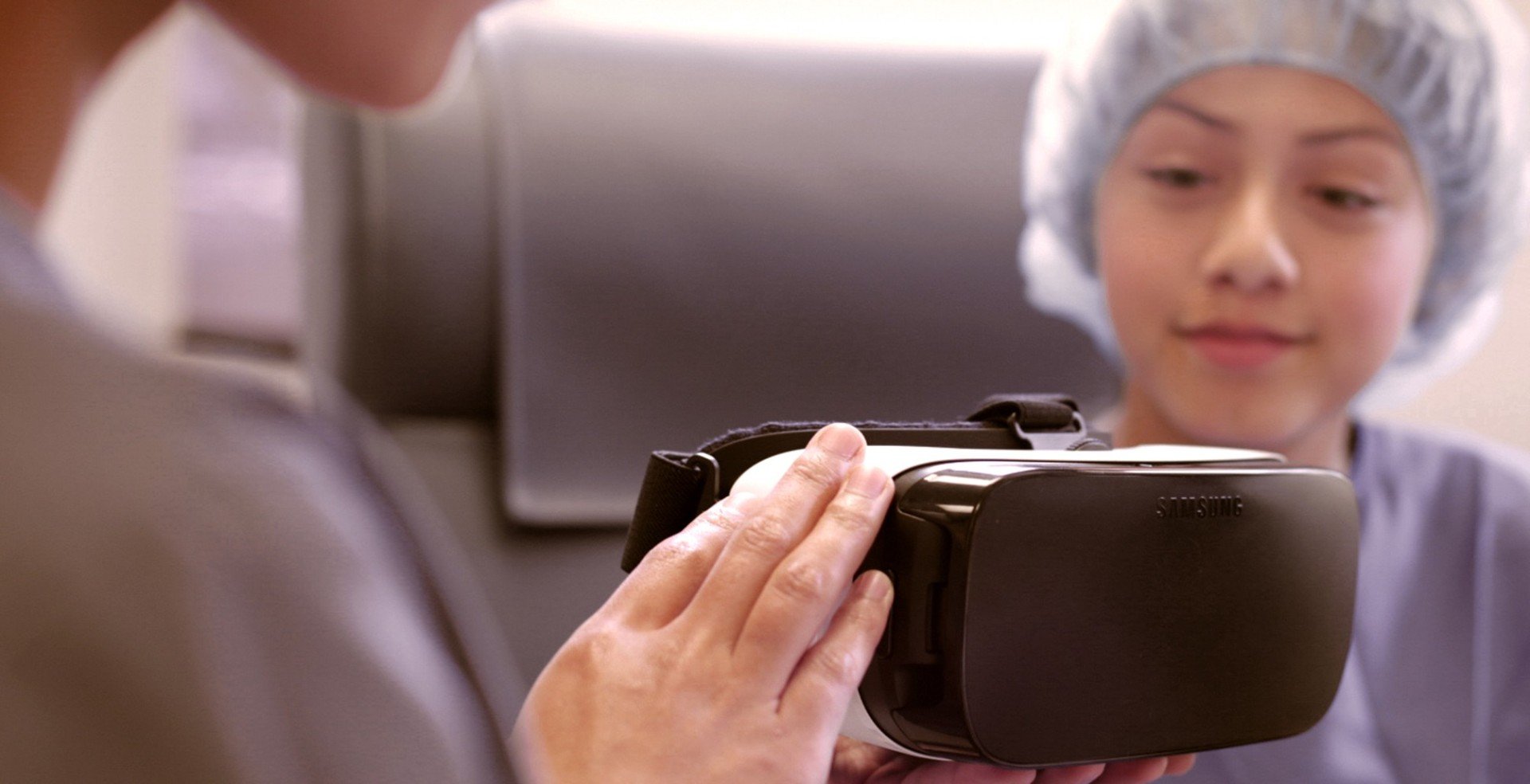
About Virtual Reality Technology
Virtual Reality is a simple term given to the technology that allows the users to simulate and experience a real-life situation, without actually being involved in it.
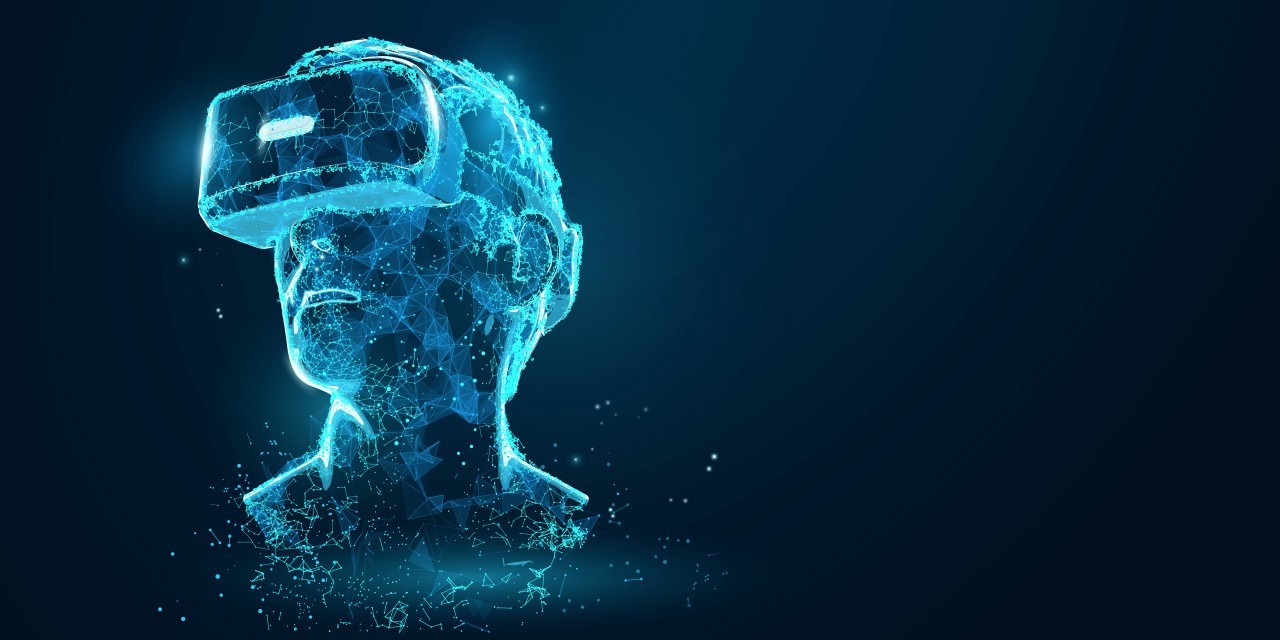
A user wears a VR headset with a stereoscopic screen. This displays the animated images of a simulated environment. In the medical field, VR tech seems to have a great positive effect on both patients’ medical care and healthcare professionals’ work.
The use of VR in medicine is not totally new. Since the 1990s, medical researchers have been exploring new ways to craft three-dimensional (3D) models of the human body’s internal organs.
However, with the latest technologies and computing power, the whole process has become much easier, faster, and at the same time more accurate.
How VR Helps in Medicine
Talking about the working of virtual reality in the medical field, VR technology turns X-rays, CT Scans, MRIs, and other medical details into high-resolution images allowing doctors to understand minute details about the body.
Besides the test and scan results, VR is also capable of capturing every tiny muscle, tissue, bone, and other part of the body.
These captured images are then turned into 3D animated images, for deeper understanding and preplanning of surgeries and other medical procedures. With these benefits of VR, both doctors and patients can be safe and happy with the medical procedures.
Pain Management – The Distraction Therapy
Pain is a very serious issue with most patients, and particularly among burn victims. Pain management or reduction is one of the most-used applications of VR technology.
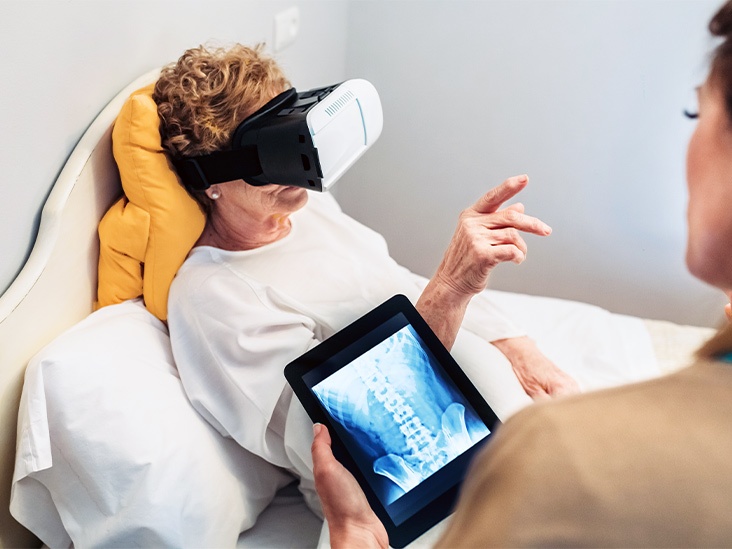
It is used mostly for patients who have recently received a skin-graft procedure, for daily cleaning of burn wounds, and for children who take daily injections.
Doctors have found that the VR has come in extremely handy to effectively distract the patients and thus relieve their pain.
The technique is generally used when the patient is allergic to the use of anesthesia or other sedatives, and thus their use is inadvisable.
Mode of Distraction
Pain Management through the use of virtual reality is basically a distraction therapy that alleviates the pain.
During the session, patients are kept busy with a fun virtual reality video game to play, which allows doctors and healthcare providers to seamlessly carry out their procedure.
Medical Training
Virtual Reality also holds a great potential to revolutionize the entire medical education and training industry. Technology is opening new doors and elevates both the teaching and learning process in medicine.
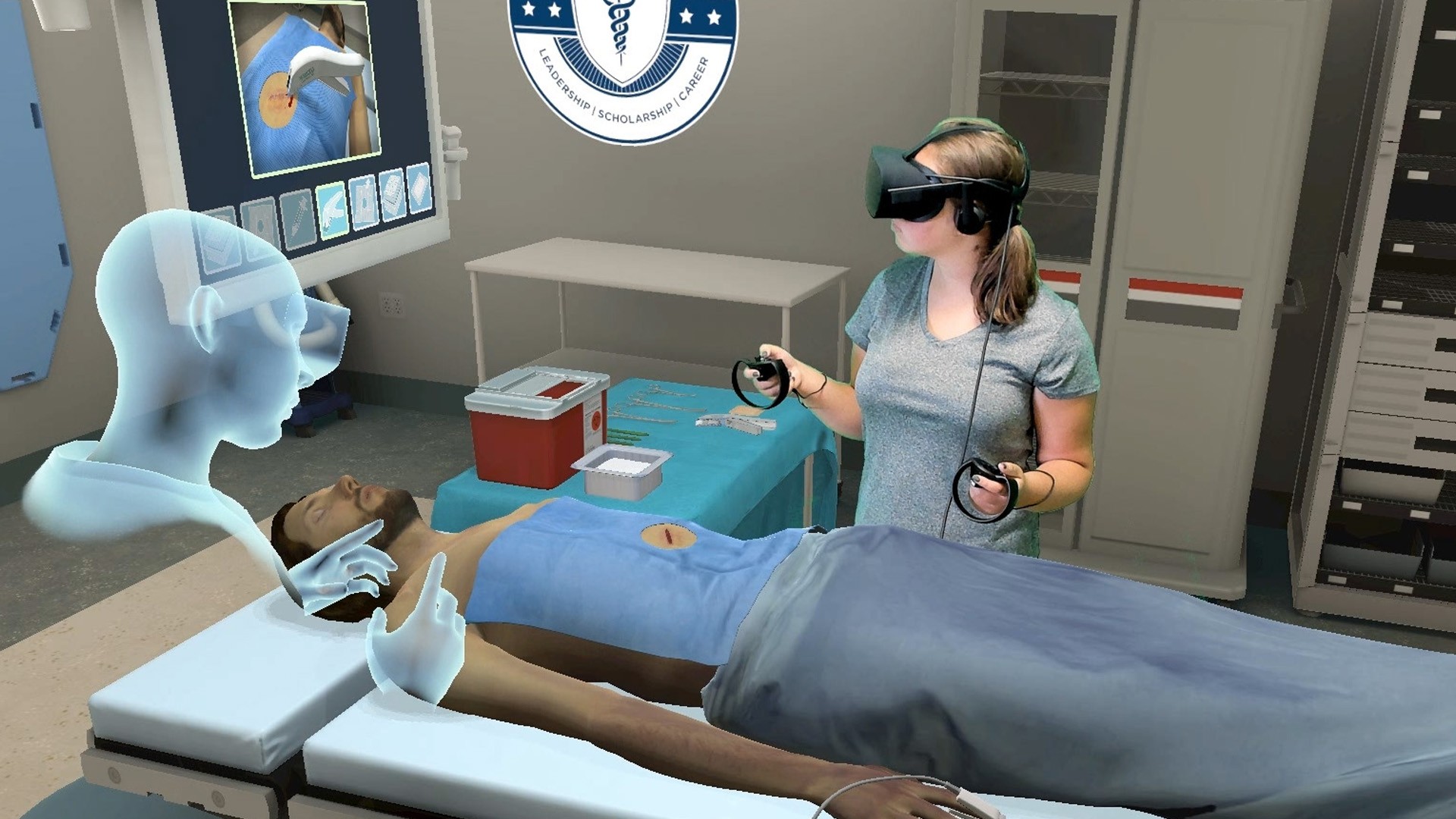
Medicine is one of the most sought-after career fields and for that reason, training can be crowded. This means in traditional training, only a few students are able to peek over the shoulders of the surgeon-teachers during operation and learning.
This is where Virtual Reality comes in handy. Surgeons can stream operations globally and allow students to experience everything firsthand, using their VR goggles.
With a VR-technology-incorporated education system, medical schools no longer need to depend upon patients or cadavers in order to teach students about human anatomy.
Training for Complex Situations
Using virtual reality, students can now explore the real and complex human anatomy.
From the cardiovascular system and central nervous system to each and every muscle and bone – all of them can be explored without touching a cadaver.
The technology allows the students to deal with complex situations as in real life. The learning process is then followed by feedback and debriefing by the teachers, letting them learn from their mistakes.
PTSD Treatment – Exposure Therapy System
VR’s amazing ability to transport people to somewhere else is often used as a wonderful and effective treatment of Post Traumatic Stress Disorder (PTSD). Also known as the VR Exposure Therapy System, it is an underutilized treatment despite its strong evidence of effectiveness.
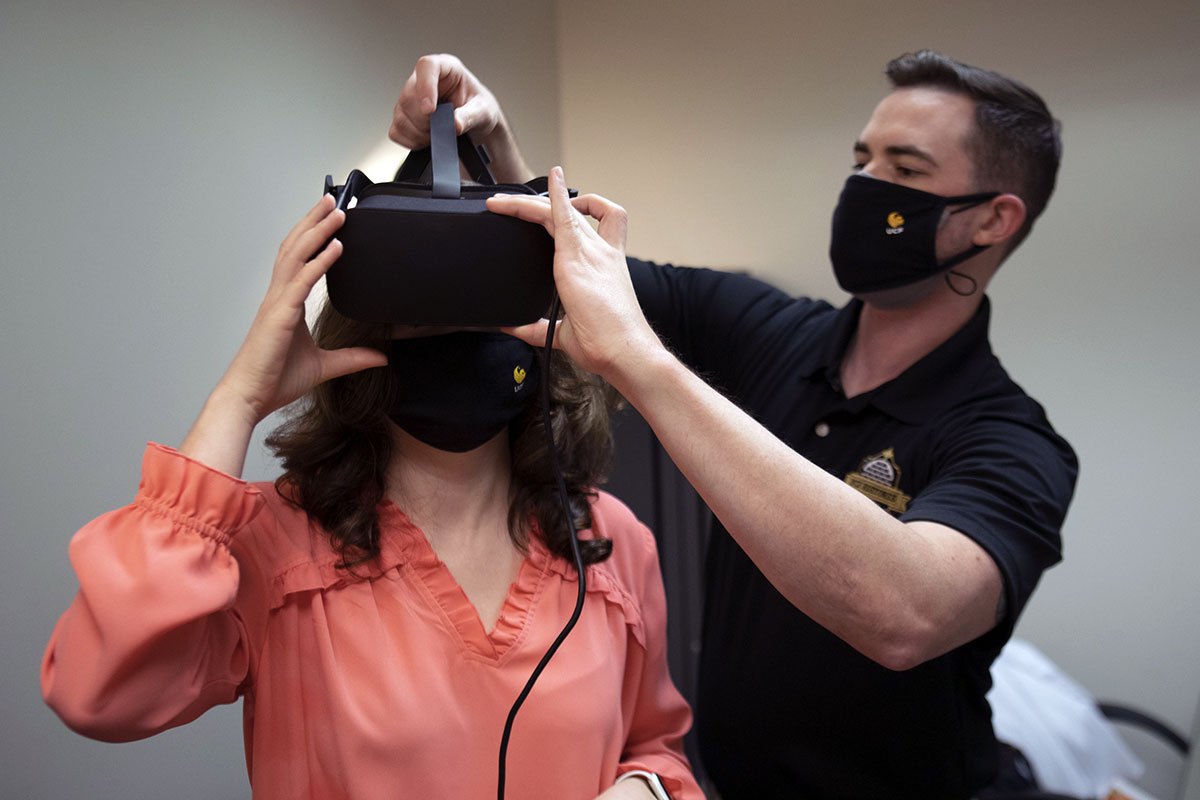
Using VR in PTSD treatment increases the ease, effectiveness, and at the same time the availability of exposure therapy treatment.
The treatment provides users with an individualized, gradual, and controlled exposure to an environment and situation to help aid in curing their PTSD symptoms.
For instance, if a war veteran who served in Afghanistan or Iraq needs PTSD treatment, VR technology will allow them to relive the traumatic events that they experienced in war and work through the experience in a supervised and controlled manner.
Wide Availability
Today, many clinics and hospitals have VRET, Virtual Reality Exposure Therapy that helps people to overcome their PTSD.
The treatment puts the patient in a safe and controlled environment where they are taught to deal with traumatic incidents in a constructive manner.
Shortening Recovery Time
Virtual Reality is also known to be an effective technique in shortening the recovery time of patients after treatment, by making it easier for patients to practice exercises.
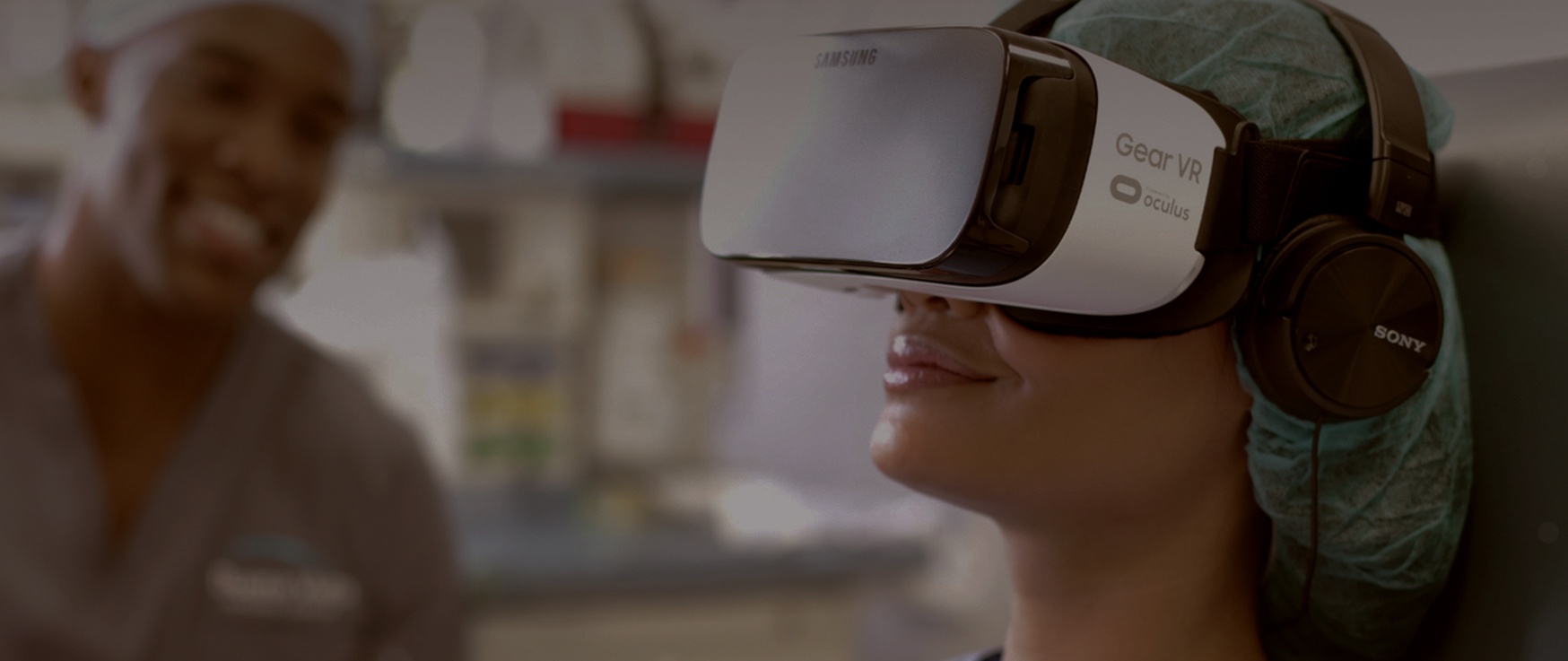
VR diverts patient’s attention away from their pain by providing an absorbing alternative reality that motivates and encourages patients to complete their physical activity.
The VR process for recovery is especially used among patients who have recently recovered from strokes.
The process allows them to peacefully and safely practice specific movements of the body, without risking further injuries.
Prepare for Real-life Setting
The process also helps patients build confidence when they have to perform exercises in a real-life setting.
Additionally, practicing the daily exercises in a virtual environment makes the activity more fun, keeps the patient focused, and uplifts the spirits of patients for recovery sometimes sooner than expected.
An Anxiety Buster for Healthcare Workers
Virtual reality is not a blessing focused just on patients, it is also a boon for healthcare workers. We all know that what healthcare professionals do is incredibly stressful and requires a great deal of focus.
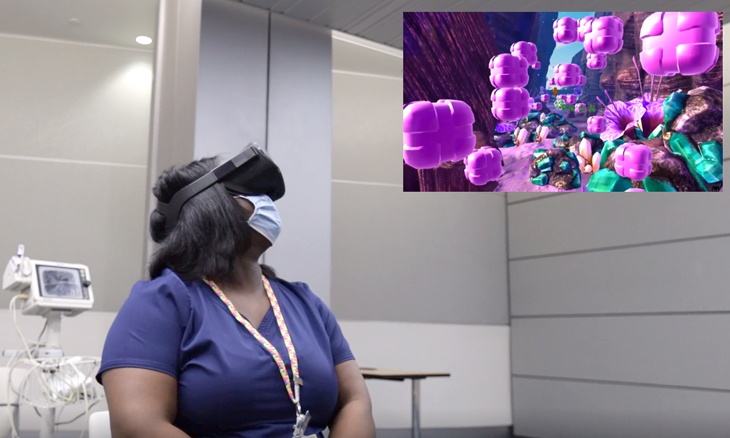
Especially for night shift workers whose workload disturbs their biological rhythm and causes severe stress and depression.
Due to long hours of work, professionals are prone to multiple anxiety issues, including sleep disturbance, memory and attention problems, and nightmares, among others.
However, with VR technology available doctors, nurses, and other healthcare professionals can take time in between the working hours to enjoy VR animations, and relax.
Best Refreshment for the Staff
Today, there are numerous hospitals and healthcare centers that have incorporated VR technologies, just to assure their staff have the best refreshment available.
This helps to create a relatively relaxed working environment, which in turn helps both doctors and patients.
Virtual Reality as an Addiction Treatment Tool
Addiction treatment is another major application of VR in the medical field. Recovering from drug or alcohol addiction can be one of the most difficult things someone will ever have to do in their lifetime.
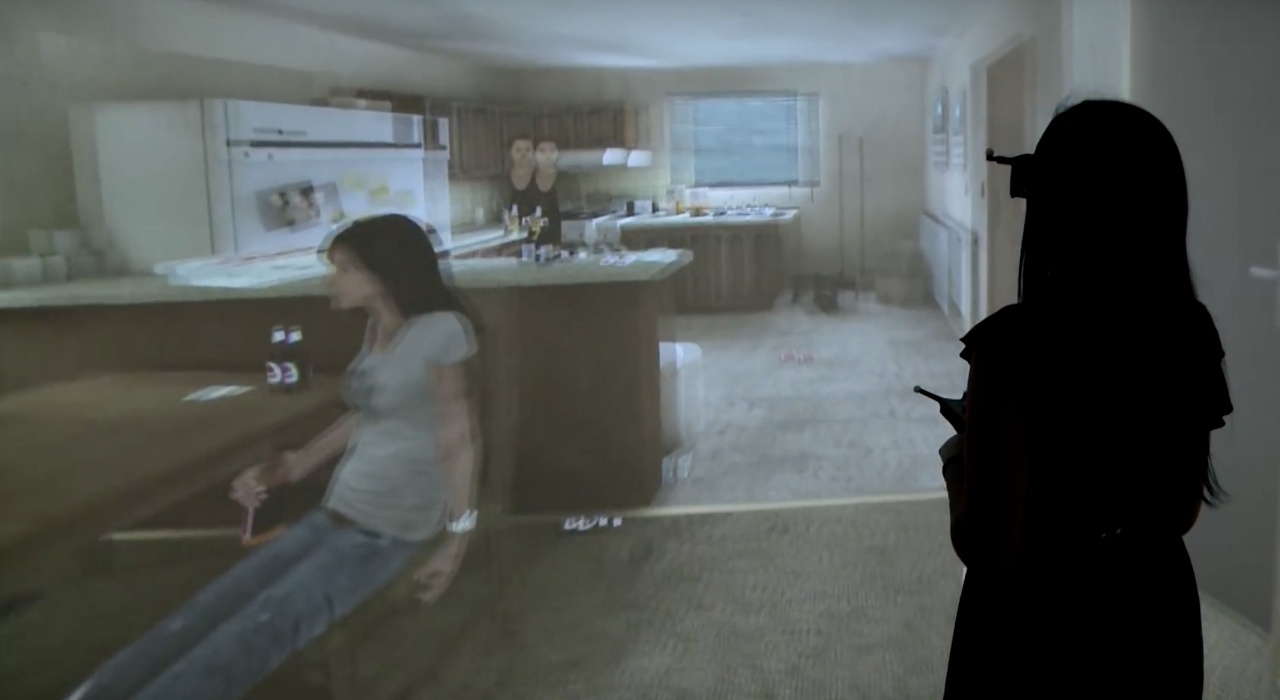
Patients seeking substance addiction treatment need to learn about dealing with the temptation to use drugs or alcohol when they are in the outside world.
The craving for drugs gets tougher when the patient is exposed to numerous people, who might remind them of old, dangerous habits.
For years, researchers had been looking for ways to use VR to treat addicts and, finally, addiction treatment with VR is available.
The Immersive Environment
The new VR program developed by Vanderbilt University, accompanied by Nashville-area Rehabilitation Center, permits participants to immerse themselves into various environments.
These immersive environments allow the participants to receive therapeutic support.
At the same time, it also allows them to practice their responses in multiple situations which involve the use of drugs and alcohol.
A Boon to Surgical Operations
Surgical training is one of the complex procedures in medical learning. It involves students and surgeons experimenting on people’s bodies before doing the same in real life.
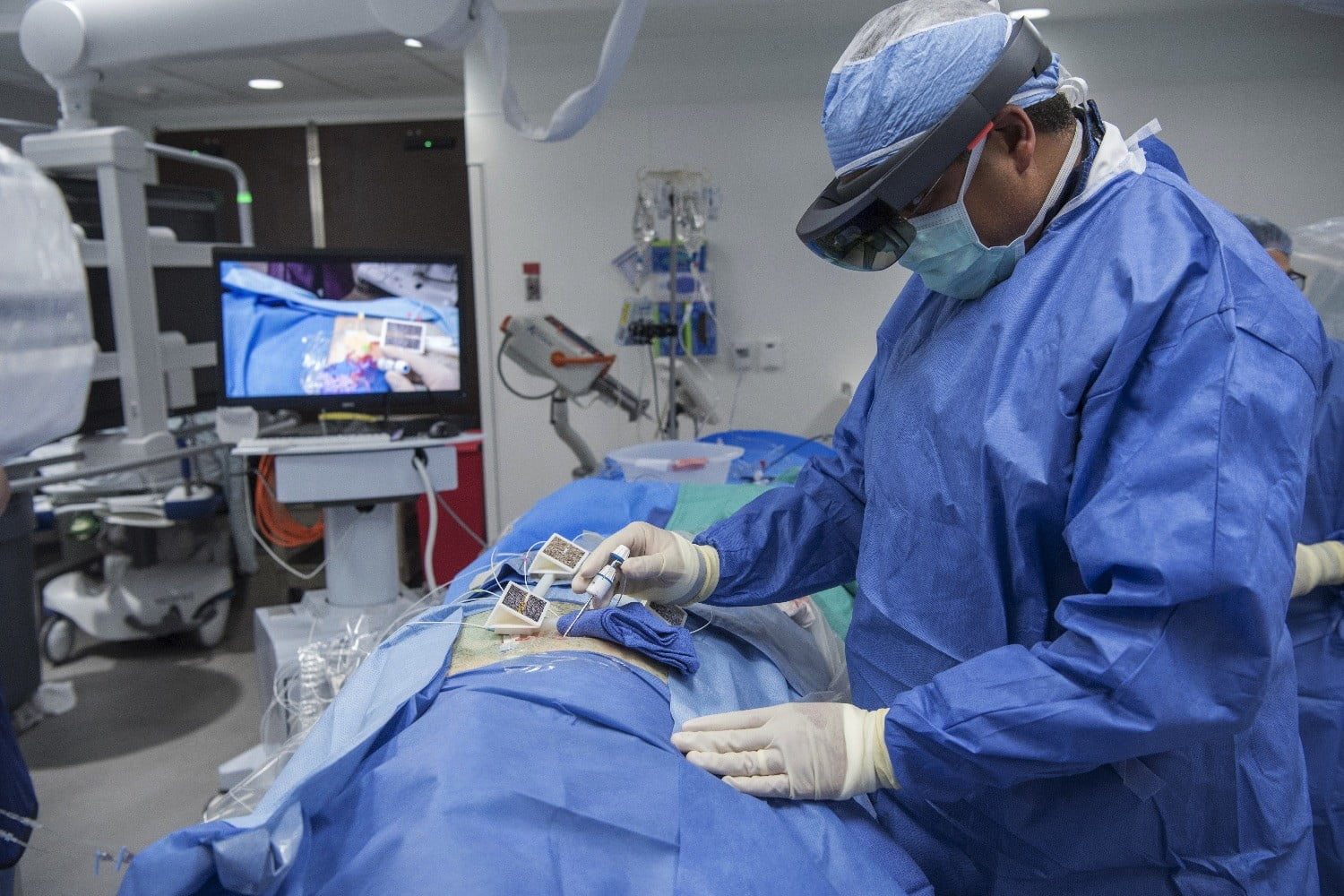
Virtual Reality however makes the process safe and understandable to the students. Today, with VR technology on board, surgeons can live stream their surgery process for students to learn the process with ease.
Besides easing the training and learning process, VR also allows surgeons to simulate the entire surgery process, before opening the human body.
With images from MRIs, CT scans, and angiograms, the system creates a virtual 3D model. This image can be viewed by both surgeons and patients.
Further Plan
Surgeons can learn how the patient’s body reacts to a specific procedure, and accordingly plan the further process without putting the patient’s life in danger.
VR technology also helps educate patients about their upcoming operations and allows the surgeons to plan their procedures.
The Bottom Line
To conclude, I would like to mention that VR technology has been a true blessing in the medical field.
Not just for patients, the technology provides education, help and relief to healthcare professionals including doctors, nurses, dieticians, physicians, surgeons, and medical technologists.